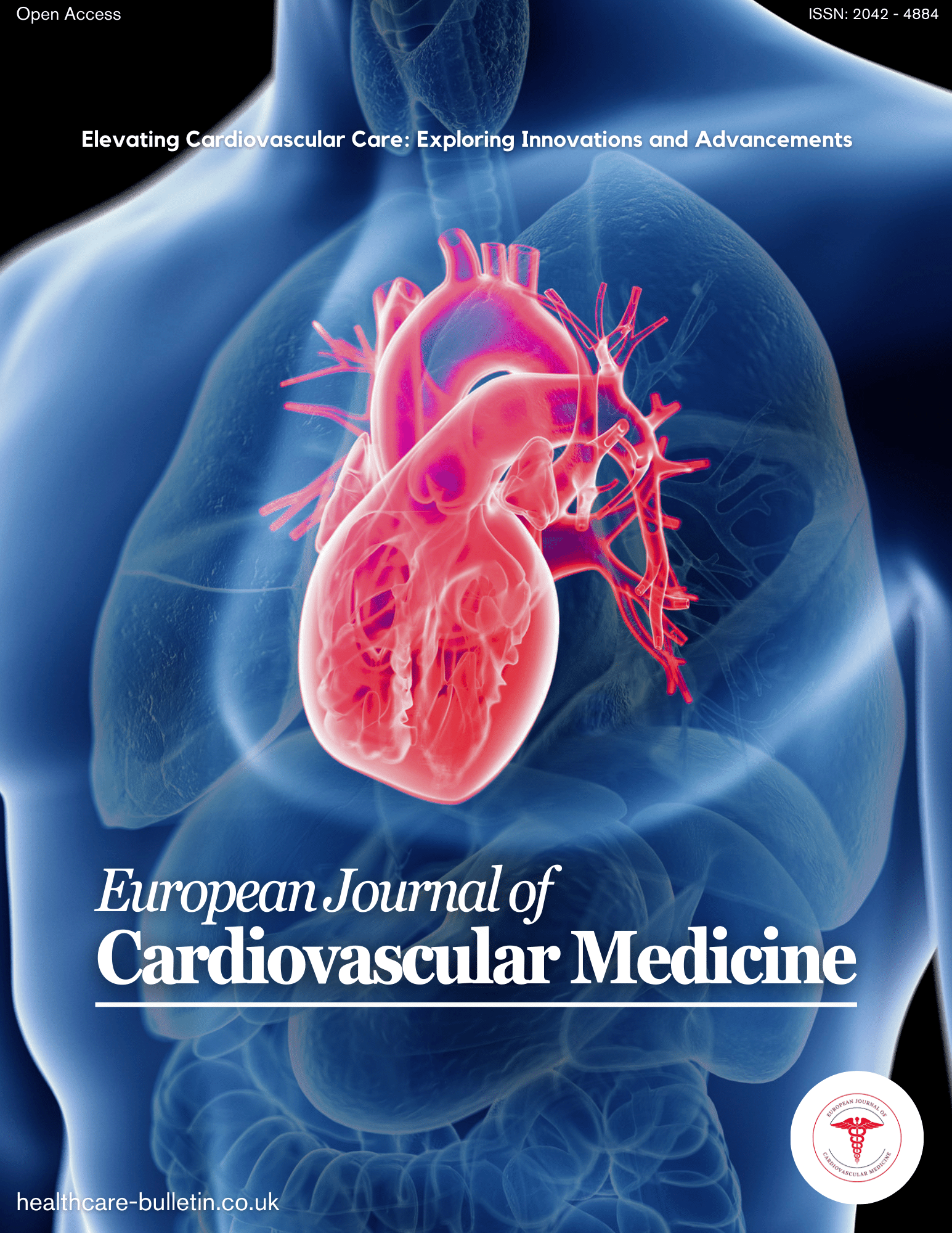Background: Understanding the underlying causes and risk factors of child malnutrition is essential for developing effective solutions. This study was conducted to identify the contributing factors to undernutrition in children between the ages of 6 months and 5 in Bareilly, Uttar Pradesh. Material & Methods: This cross-sectional observational study was carried out among Children between age group 6 month to 5 year visiting Pediatric department in Rajshree medical research institute and hospital (RMRI), Bareilly. All of the patients were given a thorough medical history, in-depth physical examinations, and investigations that were both routine and appropriate. Results: There were 103 (23.5 percent) subjects older than three years old, 59 (13.5 %) subjects aged 0-1 year, and 276 (63.0 %) subjects aged 1-3 years with the mean age of 33.28 years and 16.89 months. There were 254 males (58.0%), which made up 58.0 percent of the total, and 184 females (42.0%). Stunting was present in 161 (38.6%), underweight was present in 151 (34.5%), and wasting was present in 86 (19.6%). Overall malnutrition was found to be prevalent in 50.7% of the population. Both stunting and malnutrition were much more prevalent in age groups older than three years. The stunting, underweight, wasting and malnutrition were all considerably higher among those with a Class I or Class II socioeconomic status. It was shown that those with birth orders 4 and 5 had considerably higher rates of stunting, underweight, wasting and malnutrition. There was not a significant difference between males and girls in terms of stunting, underweight, wasting and malnutrition. Conclusion: The prevalence of malnutrition in children under the age of five is rather high and highlight the importance of good newborn and child feeding practises, suitable maternal care, and female literacy in the prevention of childhood undernutrition

